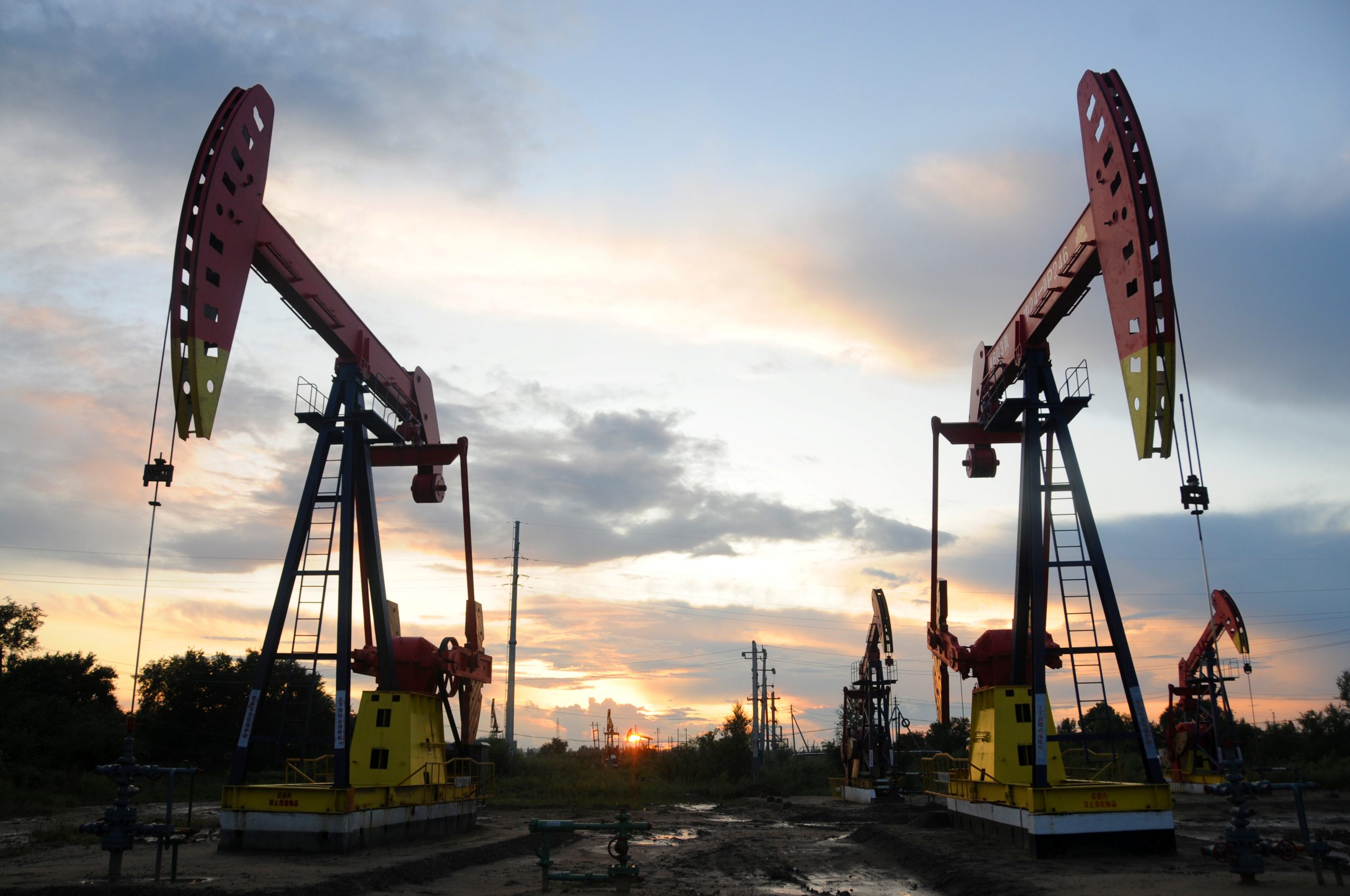Commodities
Oil is going up in price, ending the second week in a row. Why is oil going up in price?

Oil refiners in China have been increasing their purchases of oil hoping to boost energy consumption in the country following the lifting of quarantine restrictions, Bloomberg agency noted. Why is oil going up in price?
“Why is crude oil going up in price? Prices are rising amid continued optimism about China’s prospects,” said Charu Chanana, an analyst at Saxo Capital Markets in Singapore. – Signals that the incidence of COVID-19 in the country has peaked, reinforcing expectations for a more sustainable rise in demand.
U.S. Department of Energy data released the day before showed an unexpected and sharp increase in U.S. oil inventories. The index grew by 8.41 million barrels to 4483.02 million barrels while experts interviewed by Bloomberg expected a decrease of reserves by 3 million barrels. Gasoline inventories rose 3.48 million barrels, compared to an expected increase of 2.4 million barrels.
“The inventory data was significantly different from what the market was expecting,” said Tyche Capital Advisors expert Tariq Zahir. – Nevertheless, we expect prices to rise further given the opening of the Chinese economy, the situation in Ukraine and the fact that the U.S. government needs to replenish the strategic oil reserves.”
The value of March futures for Brent crude oil on London’s ICE Futures exchange at 8:29 Moscow time on Friday is $86.28 per barrel, which is $0.12 (0.14%) above the price at the close of the previous session. Those contracts rose by $1.18 (1.4%) to $86.16 a barrel at the close of trading on Thursday.
The price of WTI futures for February at electronic trades on the New York Mercantile Exchange (NYMEX) increased by that time by $0.17 (0.21%) up to $80.5 per barrel. By closing of previous trades, these contracts grew by $0.85 (1.1%) to $80.33 per barrel.
Earlier we reported that oil from Russia is mixed with other raw materials in Singapore and exported around the world.
Commodities
Oil prices rise; U.S. crude inventories plunge, Russia-Ukraine truce eyed
Commodities
India’s Reliance to stop buying Venezuelan oil over US tariffs, sources say
Commodities
Oil prices climb on Venezuela supply worries

 Forex3 years ago
Forex3 years agoForex Today: the dollar is gaining strength amid gloomy sentiment at the start of the Fed’s week

 Forex3 years ago
Forex3 years agoUnbiased review of Pocket Option broker

 Forex3 years ago
Forex3 years agoDollar to pound sterling exchange rate today: Pound plummeted to its lowest since 1985

 Forex3 years ago
Forex3 years agoHow is the Australian dollar doing today?

 Cryptocurrency3 years ago
Cryptocurrency3 years agoWhat happened in the crypto market – current events today

 World3 years ago
World3 years agoWhy are modern video games an art form?

 Commodities3 years ago
Commodities3 years agoCopper continues to fall in price on expectations of lower demand in China

 Economy3 years ago
Economy3 years agoCrude oil tankers double in price due to EU anti-Russian sanctions



























